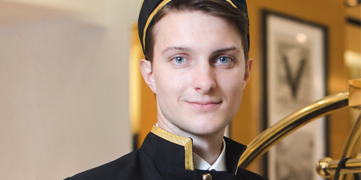Ramadan Traditions from the World to the Present
The month of Ramadan, in which unity, solidarity, sharing and love are felt most intensely, took its place in the history of Turkish culture with the acceptance of Islam.
The sultan of eleven months, where the most important tradition is to “cooperate” and families spend more time together, also contains special traditions. Here are some of them…
A Delicious Ramadan Tradition: Ramadan Pita
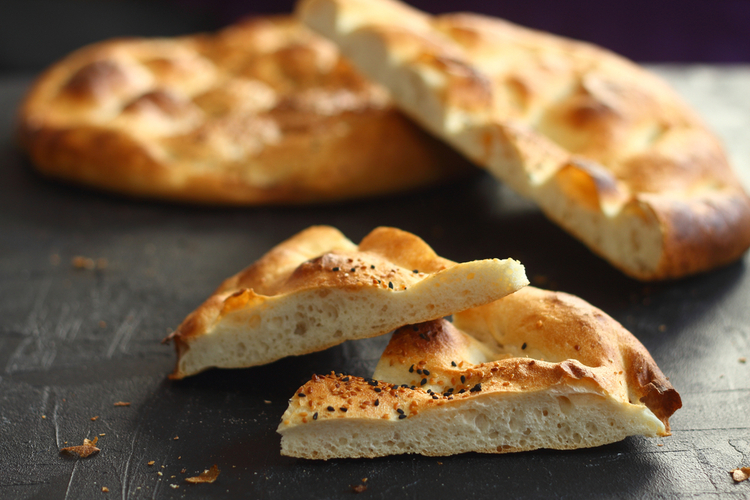
The exquisite flavor of the crowded iftar tables, the delicious smell of Ramadan pita, which has not changed for centuries, continues to be the unchanging and most important guest of the Ramadan months for exactly 500 years. Ramadan pita, which started to be made in Anatolia in the 15th century, has reached the present day with the flavor secrets of the Ottoman cuisine.
The steaming tradition of Turkish cuisine, Ramadan pita; With its delicious smell that surrounds the streets, it is the festival of iftar tables from past to present, and it is almost a symbol of the City of Ramadan. Since the Ottoman period, long queues and excited waits have been witnessed in front of the bakeries hours before iftar.
A Sweet Ramadan Taste: Güllaç
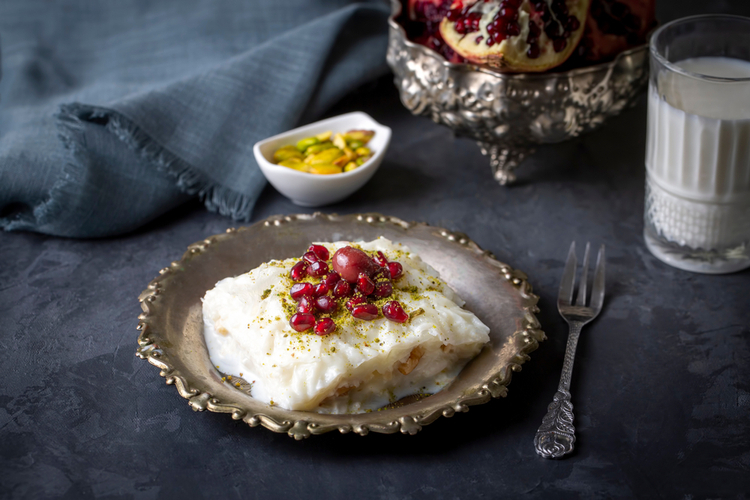
Güllaç dessert, which has survived to the present day as a legacy of the Ottoman palace cuisine, maintains its place as an indispensable part of pleasant conversations after iftar. The story of the dessert taking its place in the palace kitchens is known as follows: Before Güllaç was discovered, in the Ottoman Empire, people used to roll dough from corn starch, leave them to dry, and eat them after they were moistened with milk and sugar. Then, Ali Usta from Kastamonu prepared a sherbet with sugar and rose water in order to utilize the excess dough in his hands and moistened the dough with this sherbet. When the dessert was very popular in the palace, it went down in history as a gift from Kastamonu Ali Usta to Ottoman cuisine.
This traditional Ramadan flavor, which takes its name from the rose water included in the preparation stage; It is the scene of sweet preparations every year, both at home and in bakeries and patisseries.
One of the Oldest Ramadan Traditions: Mahya Culture
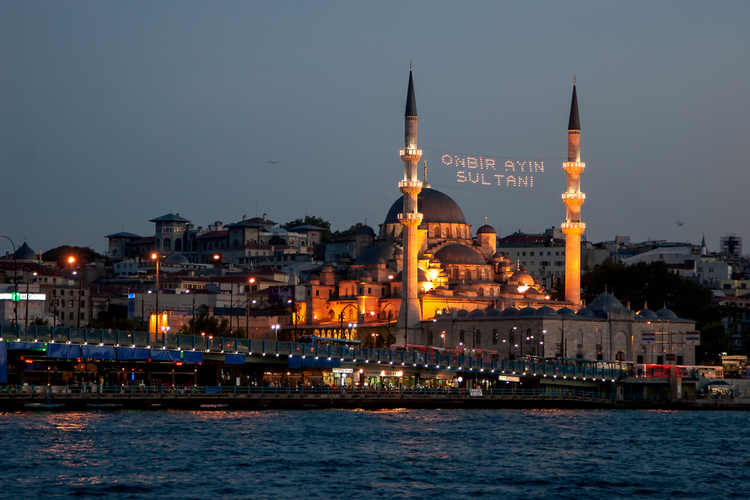
The history of the mahya culture, which means “life” in Arabic, dates back to the Ottoman period. The ridge culture, which has been going on for centuries and is a gift to Turkish cultural history, continues to adorn cities during Ramadan nights with messages written between two mosque minarets with the start of Ramadan.
Ridges written with different designs by their masters; It consists of illuminated articles that aim to give meaningful messages about the religion of Islam and to guide people to goodness and truth.
From Ottoman Palace Cuisine to Today: Crowded Iftar Tables
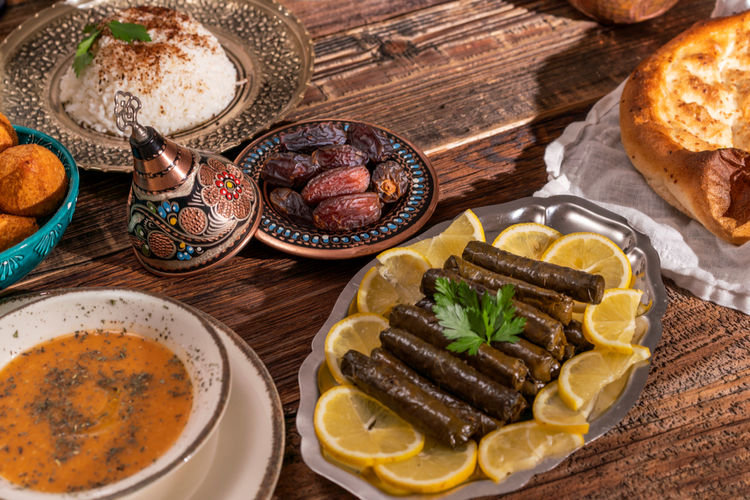
Iftar rituals, one of the most enjoyable traditions, were divided into two times in the Ottoman palaces. When the adhan is read, delicious iftar meals are offered to the guests, after these foods are eaten and the first feeling of hunger is relieved, the evening prayer is performed and then the table is decorated with the legendary iftar meals.
The feast consisting of meat dishes, pastries and desserts starts with soup; flavors appealing to both the eyes and the palate would be guests on the tables in all their glory. Bringing family members, friends and relatives together in Ramadan from past to present; Cheerful iftar chapters, where missed conversations create smiles on faces, continue to be among the indispensable traditions of the month of Ramadan.
Shadow Play in the Light of Time: Hacivat Karagöz
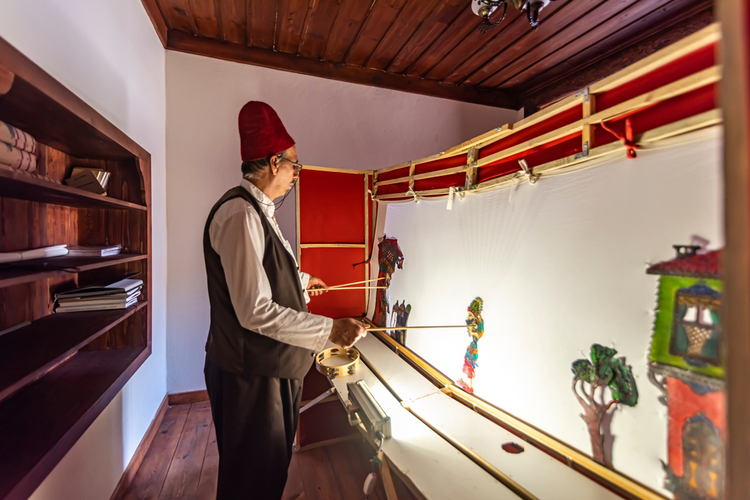
The shadow play Hacivat Karagöz, which is known to be of Asian origin, is one of the timeless values of the traditional Turkish cultural history together with its middle game and meddah; It has been one of the most valuable Ramadan entertainments for centuries.
In Karagöz and Hacivat plays, which are based on imitation and dialogue and are played by reflecting two-dimensional depictions on a lighted white screen, characters representing the masses who lived in the Ottoman period are included, while the characteristics of different social and economic classes are processed. Hacivat Karagöz has become one of the indispensable traditions of Ramadan nights by succeeding in making people laugh with his humor and making people think with his messages that create social awareness.
Ramadan Traditions Around the World
Although the peace and excitement felt in the hearts for Ramadan, the sultan of eleven months, are common to all nations that have converted to Islam; Traditions may differ from culture to culture. Here are some of these precious traditions…
Traditional Ramadan Sparkle in Egypt
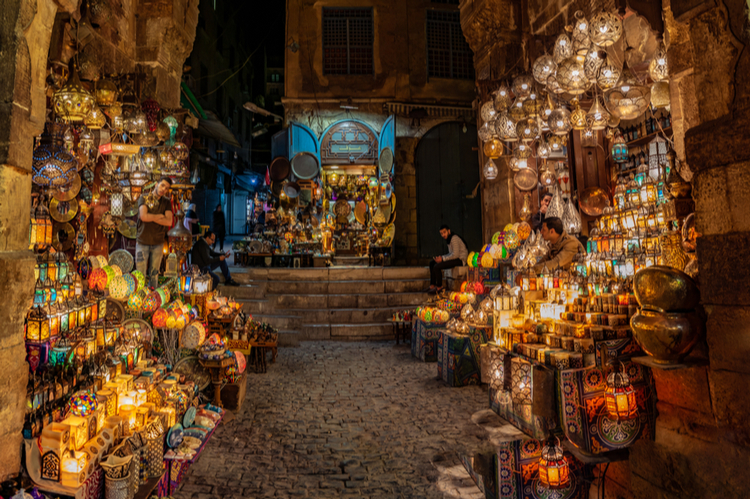
In many Arab countries, especially in Egypt, colored paper ornaments and lanterns called Fanus, known as Ramadan lamps; adorns all shops, houses, balconies and streets. This tradition, which symbolizes unity and solidarity for the Egyptian people and dates back to 969, heralds the coming of Ramadan and makes the joy of the upcoming holiday feel early.
In addition to keeping this delightful tradition alive, the Egyptians, who break their fast with dates soaked in milk, stop eating until after the evening prayer. In sahur, the dish called “belly nail”, which is known for its ability to keep you full and made from crushed broad beans, takes its place on the table of almost every house.
The Continuing Ramadan Tradition in Yemen
 Source: https://www.sabah.com.tr/galeri/dunya/yemende- Erkeklerin-ramazan-gelenegi-surme
Source: https://www.sabah.com.tr/galeri/dunya/yemende- Erkeklerin-ramazan-gelenegi-surme
In Yemen, which is one of the countries that welcomes the month of Ramadan most authentically, men meet one of the sunnahs of the Prophet, which is the tradition of putting on an eye liner for centuries.
On the first day of Ramadan, the congregation, forming long queues in the courtyard of the mosque after the noon prayer, smacks their eyes with an eye liner called “Kohl”. For this reason, it is possible to come across eye liner drawers who work voluntarily in the courtyards of mosques during Ramadan.
In addition, painting houses in preparation for the holiday is one of the Ramadan traditions of the Yemeni people. People who do not have sufficient financial means continue this tradition by washing and cleaning their walls.
Enjoyable Ramadan Evenings in Indonesia with the Wayang Golek Tradition
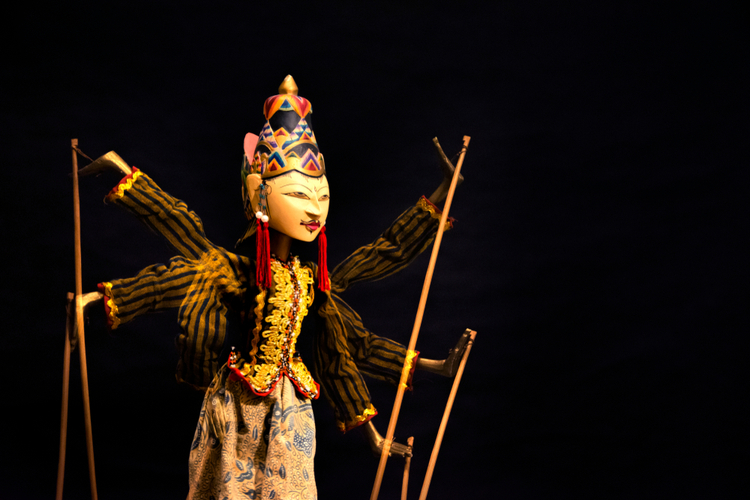
Indonesian people, who welcome the month of Ramadan with enthusiasm and joy, make Ramadan nights unforgettable with the puppet theater called Wayang Golek. This event, which is held in public areas after the fast-breaking dinner, is similar to the Hacivat Karagöz Shadow Play, one of the most important cornerstones of our culture. Wayang Golek puppets, which are dressed in traditional clothes and consist of three-dimensional figures, are prepared in a very detailed and colorful way for a perfect show.
Ca Ramadan Tradition in Kyrgyzstan
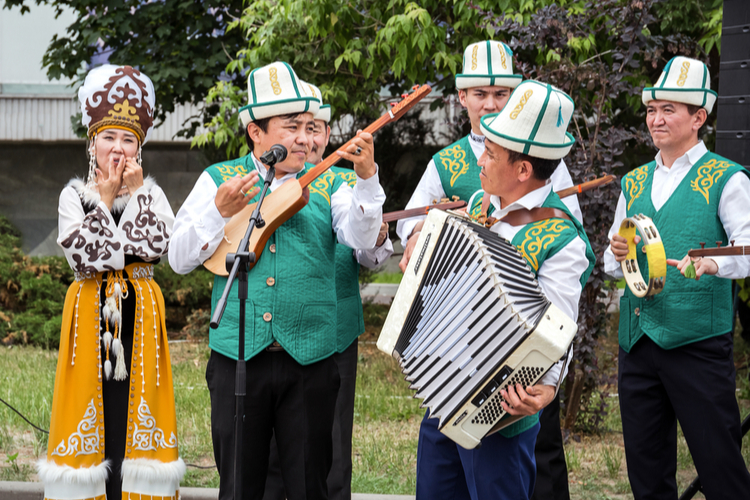
The tradition, which corresponds to the Ramadan drum, which has survived from the Ottoman Empire to the present, appears as the Ca Ramadan tradition of Kyrgyzstan. On the 15th day of Ramadan, young people go to all the houses in the vicinity and express their intentions, prayers and wishes with musical instruments specific to their culture through manis called Ca Ramazan. The hosts who listen to the mani, on the other hand, become a part of this meaningful tradition by offering treats to the young people with their hearts.
The Journey of Food Culture from Past to Present: Agatha Restaurant
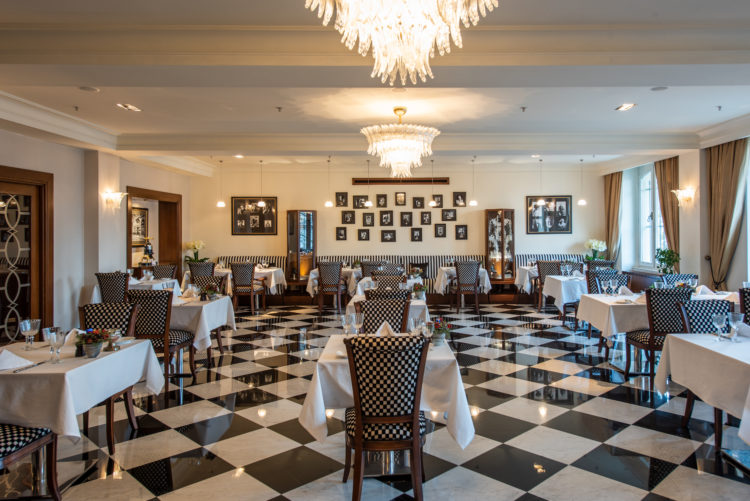
How would you like to experience the dearly yearned for Ramadans in the enchanting atmosphere of Pera Palace Hotel, the historical, iconic and timeless hotel of Istanbul? Agatha Restaurant, the favorite place of Pera Palace Hotel; It brings together its rich and unique menus of Turkish cuisine with its esteemed guests with an exquisite presentation during the month of Ramadan.
You can book your place at Agatha Restaurant to bring together the pleasant iftar evenings with your loved ones with the nostalgic texture of Pera Palace Hotel. We wish you a healthy and peaceful Ramadan month…
Address: Pera Palace Hotel, Mesrutiyet Cad. No: 52, Tepebasi, Beyoglu
These articles may also be of interest to you:
New Year’s Eve Traditions from Different Parts of the World
January 6 Orthodox New Year… What is the Feast of the Epiphany?
